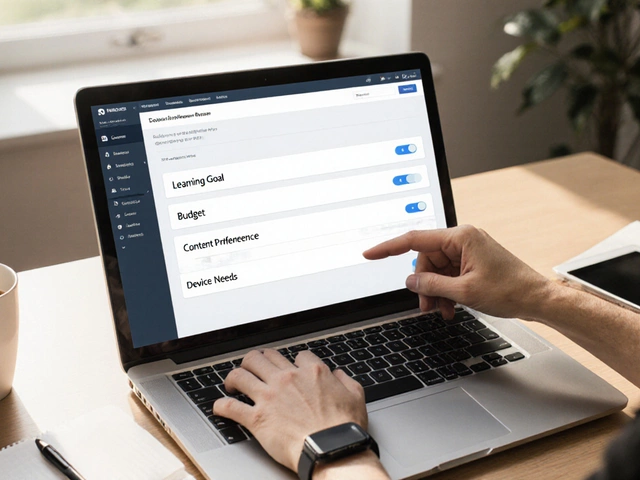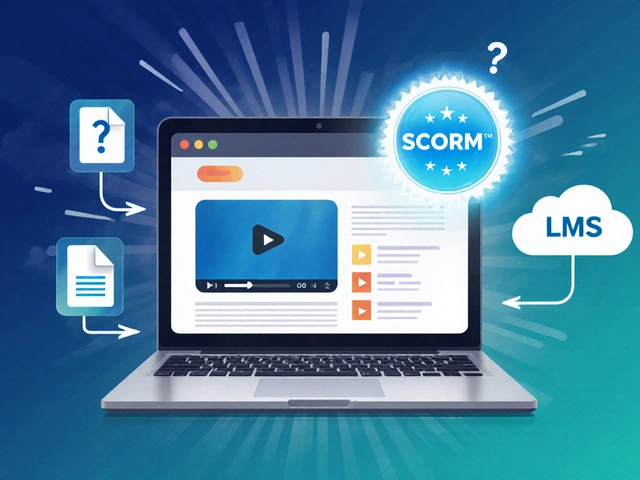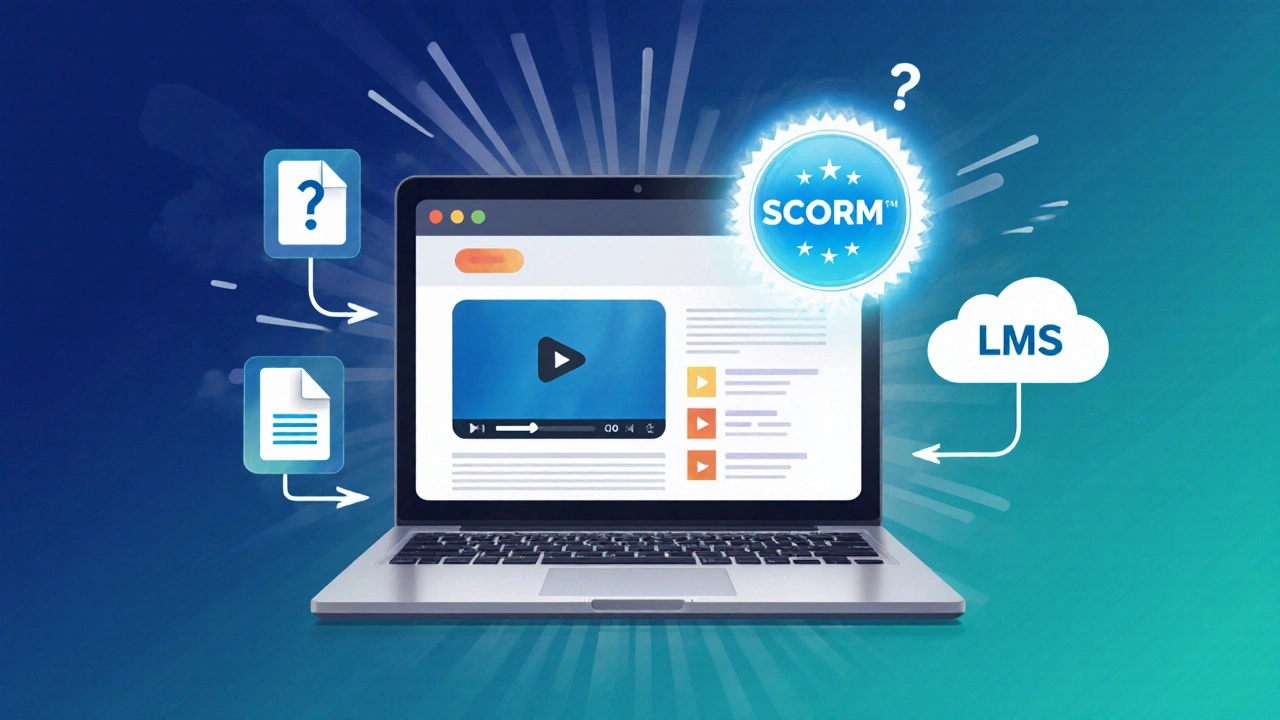
SCORM Version Comparison Tool
Compare SCORM Standards
| Feature | SCORM 1.2 | SCORM 2004 | xAPI (Tin Can) | AICC |
|---|---|---|---|---|
| Release Year | 2001 | 2004 | 2013 | 1990s |
| Tracking Scope | Course-level | Course-level | Activity-level | Course-level |
| Sequencing Rules | No | Yes | No | No |
| Content Packaging | ZIP + imsmanifest.xml | ZIP + imsmanifest.xml | JSON statements | CO files (ASCII) |
| Browser Dependency | Runs in LMS iframe | Runs in LMS iframe | Runs anywhere (via LRS) | Runs in browser with CGI scripts |
| Use Case | Simple compliance courses | Complex courses with sequencing | Mobile, offline, VR learning | Legacy aviation training |
| Adoption (2024) | ~70% | ~20% | ~30% | < 5% |
Key Insights
SCORM 1.2 remains the most widely deployed standard due to its simplicity and broad compatibility, while SCORM 2004 is preferred for complex training scenarios requiring sequencing and roll-up reporting. xAPI (Tin Can) offers more flexibility for modern learning experiences across devices and environments but requires an additional Learning Record Store (LRS).
Ever opened an online course and saw a tiny "SCORM" badge and wondered what it actually does? You’re not alone. That four‑letter acronym controls how learning objects move between authoring tools, learning management systems (LMS), and your browser. Below you’ll get a clear picture of the SCORM definition, how it works, and when you should care.
Key Takeaways
- SCORM is a family of standards that let e‑learning content and LMSs talk to each other.
- It bundles content into a Sharable Content Object (SCO) with a manifest file that describes the package.
- Version 1.2 and 2004 are the most widely used; each adds more robust sequencing and tracking.
- SCORM competes with newer specs like xAPI (TinCan) and older ones like AICC - each has strengths.
- Common pitfalls include improperly packaged manifests, browser security blocks, and limited reporting fields.
What Does SCORM Mean?
When you hear the term SCORM is a set of technical standards for e‑learning content interoperability, reusability, and tracking, think of it as the glue that binds a learning module to an LMS. The acronym stands for Sharable Content Object Reference Model. It was created by the U.S. Department of Defense’s Advanced Distributed Learning (ADL) initiative in the early 2000s to solve the chaos of proprietary course formats.
How SCORM Works: Packaging and Runtime
SCORM breaks a course into three parts:
- Content files - HTML, media, JavaScript, and assets that make up the learning experience.
- Manifest (imsmanifest.xml) - an XML file that lists all files, defines the hierarchy of Sharable Content Objects (SCOs), and sets metadata like title, language, and version.
- Runtime API - a JavaScript bridge that the SCO uses to send data (completion status, score, time spent) back to the LMS.
When you upload a .zip package to an LMS, the platform reads the manifest, registers each SCO, and injects the API. The SCO then calls functions like Initialize(), SetValue(), and Commit() to report learner actions.
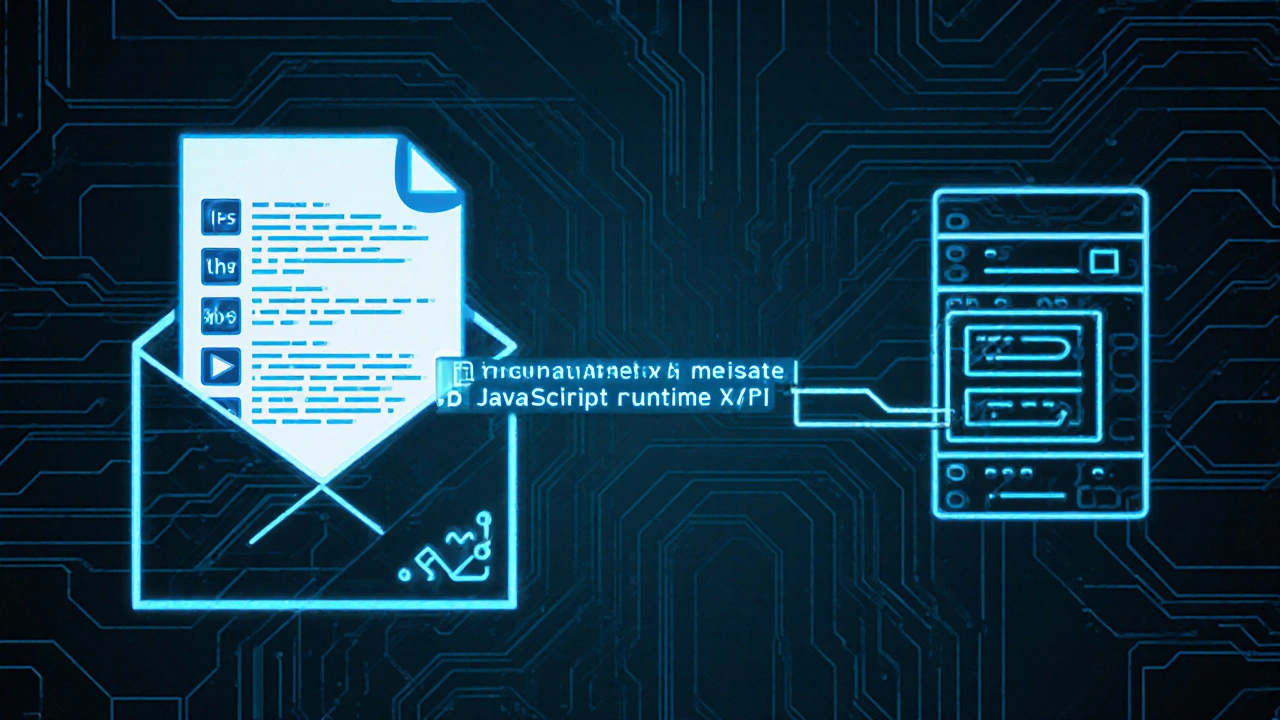
Core Components of SCORM
Two ideas drive the standard:
- Sharable Content Object (SCO) - a self‑contained learning unit that can be launched, tracked, and reused across any SCORM‑compliant LMS.
- Interoperability - because every LMS implements the same API, a SCO built in one authoring tool (e.g., Articulate Storyline) runs unchanged in another (e.g., Moodle).
Interoperability also means you can pull a SCO into a larger course, reuse it for compliance training, or repurpose it for micro‑learning without rewriting code.
SCORM Versions and What Sets Them Apart
Most organizations still use either SCORM 1.2 or SCORM 2004. Here’s a quick rundown:
| Version | Release Year | Key Feature | Typical Use |
|---|---|---|---|
| SCORM 1.2 | 2001 | Basic data model (c‑mi‑core, c‑mi‑score) | Simple compliance courses, large‑scale rollouts |
| SCORM 2004 2nd Ed. | 2004 | Introduced sequencing rules | Courses needing linear navigation |
| SCORM 2004 3rd Ed. | 2006 | Enhanced roll‑up rules and more data elements | Corporate training with module bundling |
| SCORM 2004 4th Ed. | 2009 | Improved error handling and refined sequencing | Complex simulations and blended learning |
The 4th edition is the most feature‑rich, but many LMSs still default to 1.2 because it’s simpler to implement and has broader legacy support.
SCORM vs. Other E‑Learning Standards
SCORM isn’t the only game in town. Two other specs often show up in procurement docs:
| Aspect | SCORM | xAPI (TinCan) | AICC |
|---|---|---|---|
| Release Body | ADL (US DoD) | ADL & Rustici Software | Aviation Industry Computer‑Based Training Committee |
| Content Packaging | ZIP + imsmanifest.xml | JSON statements, no zip required | CO files (ASCII) |
| Tracking Scope | Course‑level (completion, score, time) | Activity‑level, offline, mobile, VR | Limited to course‑level |
| Browser Dependency | Runs inside LMS iframe | Runs anywhere, communicates via LRS | Runs in browser with CGI scripts |
| Version Adoption (2024) | ~70% of LMSs | Growing, ~30% of new projects | Legacy, <5% |
If you need offline data capture or advanced analytics, xAPI is the better bet. But SCORM remains the workhorse for most corporate compliance offerings.
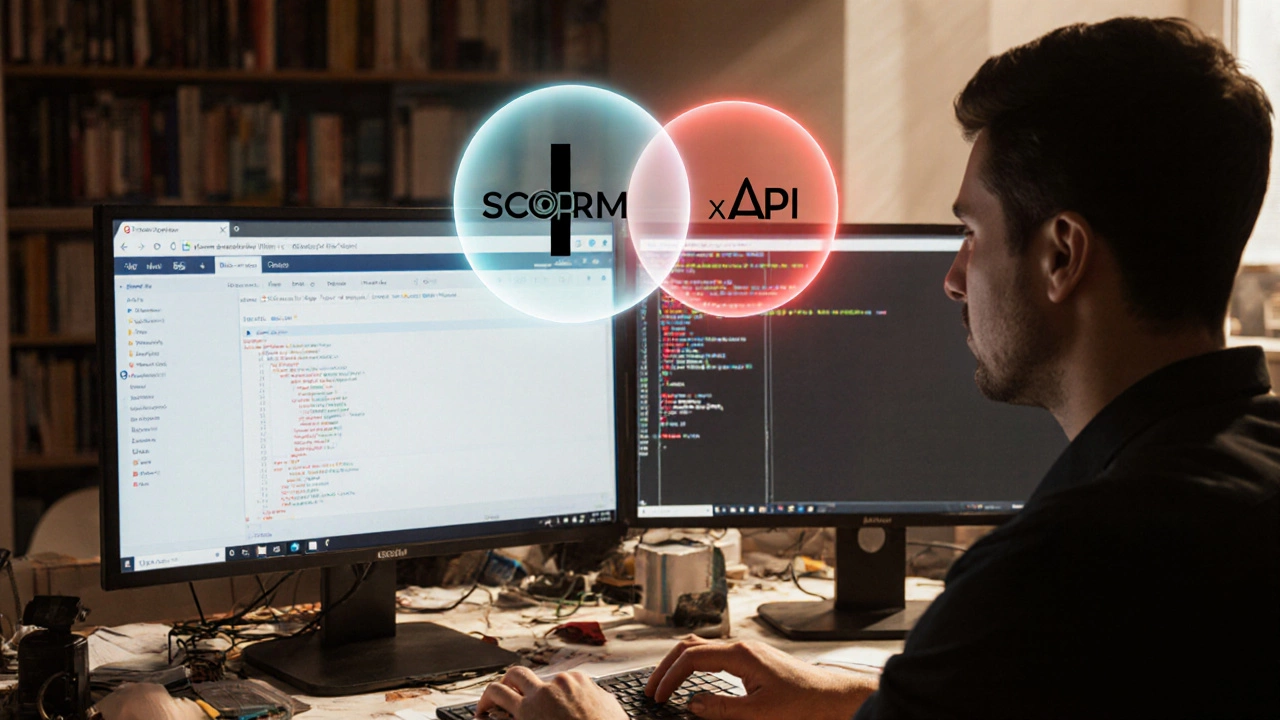
Implementing SCORM: Tools and LMS Compatibility
Getting a SCORM package from author to learner involves two main players:
- Authoring tools - software that creates the SCOs and builds the manifest. Popular choices include Adobe Captivate, Articulate Storyline, and the open‑source eXeLearning. Most have a “Publish as SCORM” button that handles packaging automatically.
- Learning Management Systems - platforms that host, launch, and report on SCORM content. Moodle, Blackboard, Canvas, and SAP SuccessFactors all list SCORM compliance in their specs.
When you upload, the LMS validates the manifest, extracts the SCOs, and creates a new entry in its course catalog. If the package fails validation, you’ll see error messages like "Unable to locate imsmanifest.xml" or "Missing required data element cmi.core.lesson_status." Fixes usually involve re‑zipping the folder correctly or correcting XML syntax.
Common Pitfalls and Pro Tips
Even seasoned e‑learning developers hit snags. Here’s a quick cheat sheet:
- Manifest errors - XML must be well‑formed. Use an online validator before upload.
- Browser security - Modern browsers block mixed‑content iframe calls. Serve the LMS over HTTPS and avoid loading assets from HTTP sources.
- Data model limits - SCORM 1.2 only supports a handful of data fields (e.g.,
cmi.core.score.raw). If you need custom data points, switch to SCORM 2004 or supplement with JavaScript storage. - Version mismatch - Uploading a SCORM 2004 package to an LMS set to accept only 1.2 will cause silent failures. Check the LMS settings first.
- Testing - Use the ADL Sample Run-Time Environment (SRT) or the open‑source Rustici Engine to debug API calls before going live.
Pro tip: keep a copy of the original imsmanifest.xml in a separate repository. That way you can quickly compare changes when a package stops working after a minor edit.
Frequently Asked Questions
Is SCORM still relevant in 2025?
Yes. Around 70% of enterprise LMSs list SCORM support as a baseline feature. While newer specs like xAPI are gaining traction for mobile and offline learning, SCORM remains the default for compliance‑driven courses because of its simplicity and broad compatibility.
Can I mix SCORM and xAPI content in the same LMS?
Most modern LMSs support both standards side‑by‑side. SCORM packages run within the LMS iframe, while xAPI statements are sent to a separate Learning Record Store (LRS). Just make sure the LMS is configured to route xAPI traffic correctly.
What is the difference between a SCO and a SCORM asset?
A SCO (Sharable Content Object) is a launchable unit that communicates with the LMS via the runtime API. An asset, such as an image or video, is a supporting file that the SCO references but does not directly interact with the LMS.
How do I troubleshoot a SCORM package that reports "No data"?
First, open the browser's developer console and look for JavaScript errors related to the SCORM API (e.g., "API is null"). Next, verify the LMS has correctly injected the API object. Finally, check the manifest for correct adlcp:masteryscore and cmi.core.lesson_status fields. Re‑publish the package after fixing any issues.
Do I need to pay licensing fees to use SCORM?
No. SCORM is an open standard maintained by the ADL Initiative, and anyone can implement it without royalties. However, some commercial authoring tools or LMS plugins may charge for advanced SCORM‑related features.


